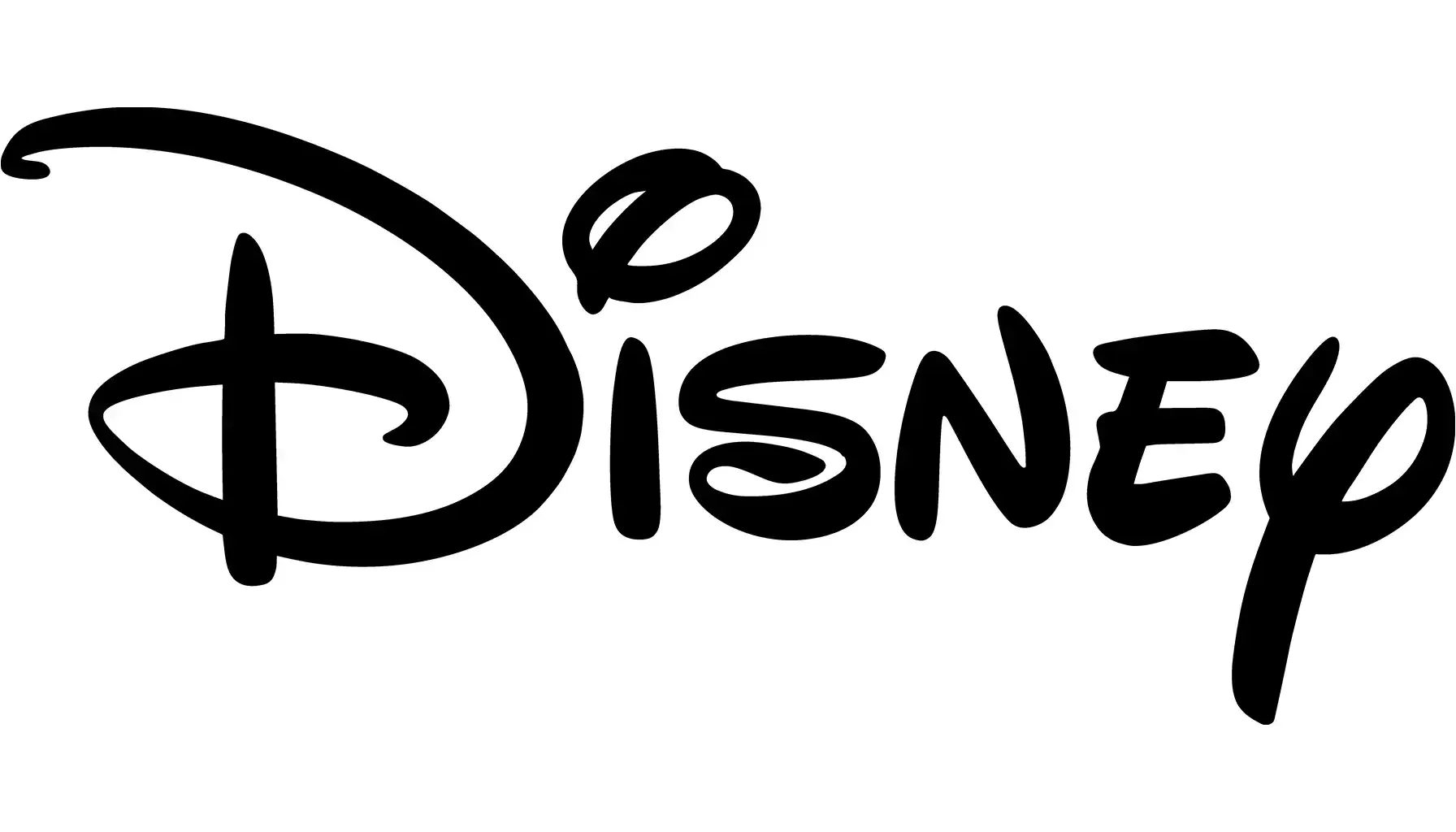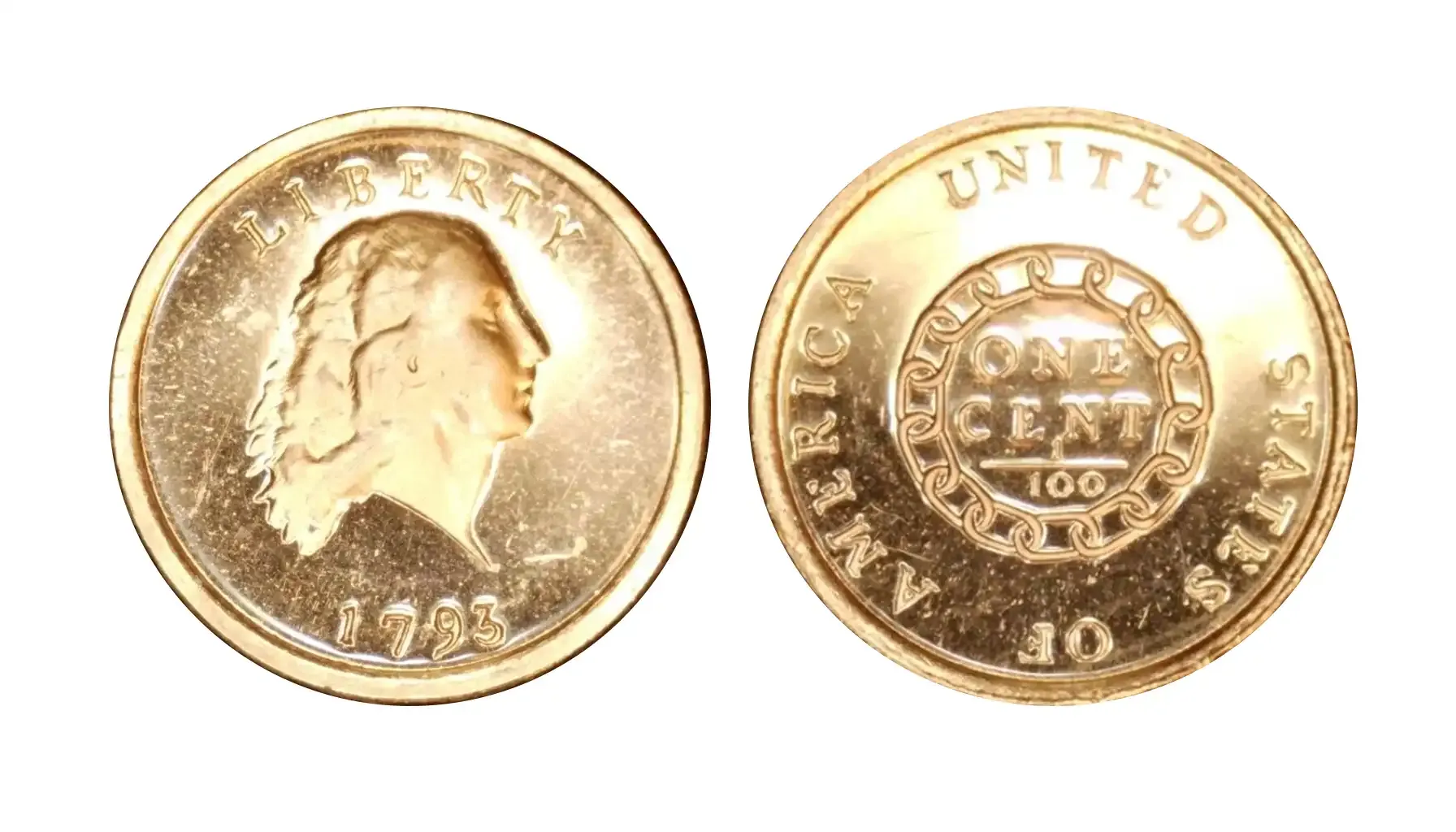Contents:
In 2022, the world mourned the loss of one of its greatest and most influential political figures – Queen Elizabeth II. This was a person who had been the head of multiple countries, including Commonwealth realms, with Canada being one of the most notable (apart from the UK, for sure). To commemorate the impact and capture every moment in history, each region regularly issued a coin to pay tribute to its queen.
Canada is known for its well-developed coinage, which is why instances released under the Canadian flag are particularly interesting for coin collectors and enthusiasts who follow the paths of the Crown. So, what do Canadian Elizabeth II coins generally look like? How valuable may these creations be, and which coin identifier should be used in numismatic explorations?

Why Canada? Why Queen Elizabeth?
Although Canada is an independent, autonomous country, it has a special place in the Commonwealth, i.e., a union of nations that once had been in the British Empire (or simply joined the union afterward). Being the British monarch with the longest reign in history, Queen Elizabeth II was a significant figure even in Canada (as she had always been about stability, protocols, and traditions).
If you wish to learn more about coins that also refer to powerful figures and periods in history, please feel free to explore the 1942 United States Half Dollar, a coin of war and a symbol of change.
Coins That Depicted Queen Elizabeth
Coins with Queen Elizabeth II's portrait have been minted in all standard Canadian denominations since her reign began in 1952. The most common circulating denominations are:
Circulating Coins:
1 cent (penny) – minted until 2012 (phased out)
5 cents (nickel)
10 cents (dime)
25 cents (quarter)
50 cents (half dollar) – minted but rarely circulated
1 dollar (loonie) – introduced in 1987
2 dollars (toonie) – introduced in 1996
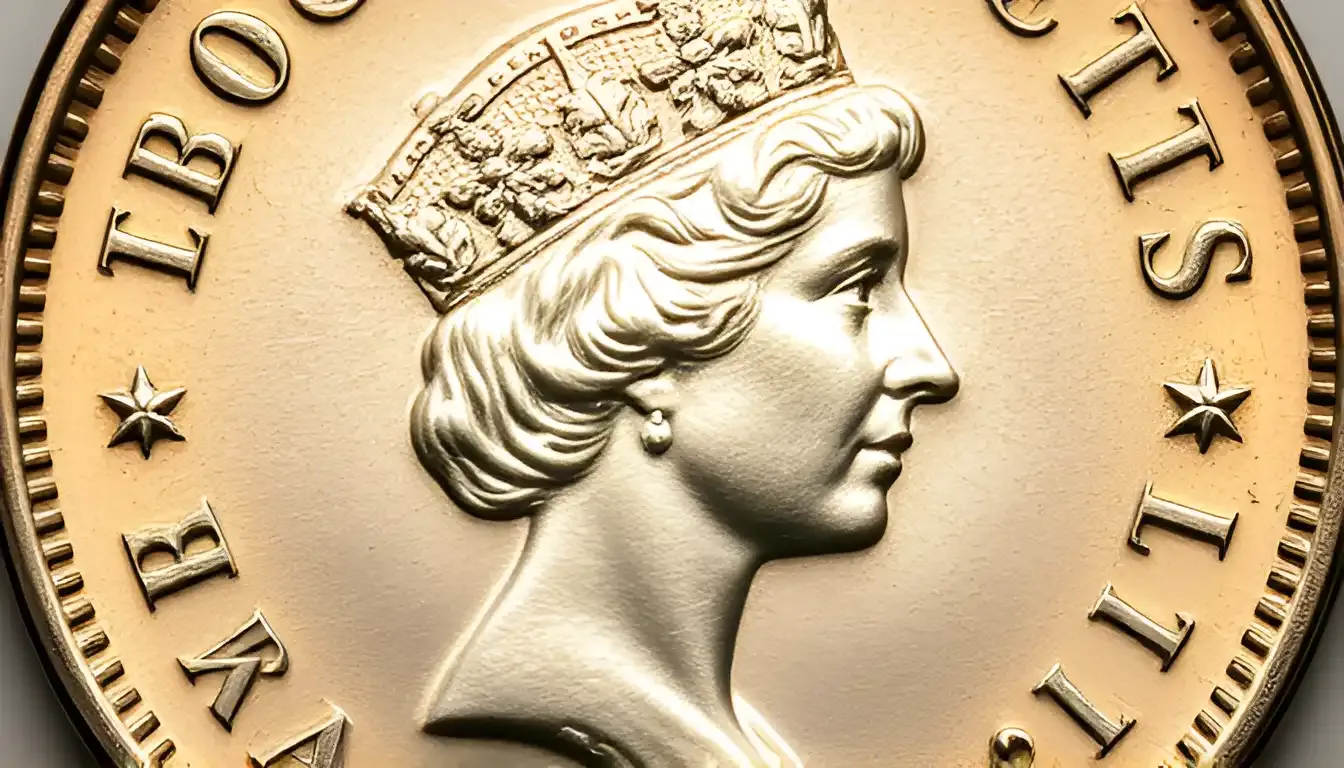
Non-circulating / Collector Coins:
Commemorative $1 coins (before the loonie, especially silver dollars from 1953–1986)
$5, $10, $20, $50, $100 coins – often in gold or silver, intended for collectors or investment
Bullion coins – such as the Maple Leaf series, in silver, gold, platinum, and palladium
Evolution of Coinage Featuring Queen Elizabeth II
As obvious as it gets, the development of Canadian coinage featuring the profile of Queen Elizabeth II clearly reflects the stages of her reign and the changing aesthetics of the eras. Then, there arises a question: what was the appearance of the Canadian Queen Elizabeth coin during the main phases?
The First Effigy (1953)

Soon after the coronation, in 1953, Queen Elizabeth II's image appeared on Canadian currency for the first time. In this young portrait created by British artist Mary Gillick, the Queen wore a laurel wreath, which could allude to the classical fashion of ancient Roman emperors.
The Second Effigy (1965)

Queen Elizabeth II grew older, and so did the picture on coins. Gillick's portrait was replaced in 1965 by a new one created by Arnold Machin, in which the Queen was portrayed with her grace and composure. This design was widely utilized in Commonwealth countries and was widely employed until the 1980s.
The Third Effigy (1990)
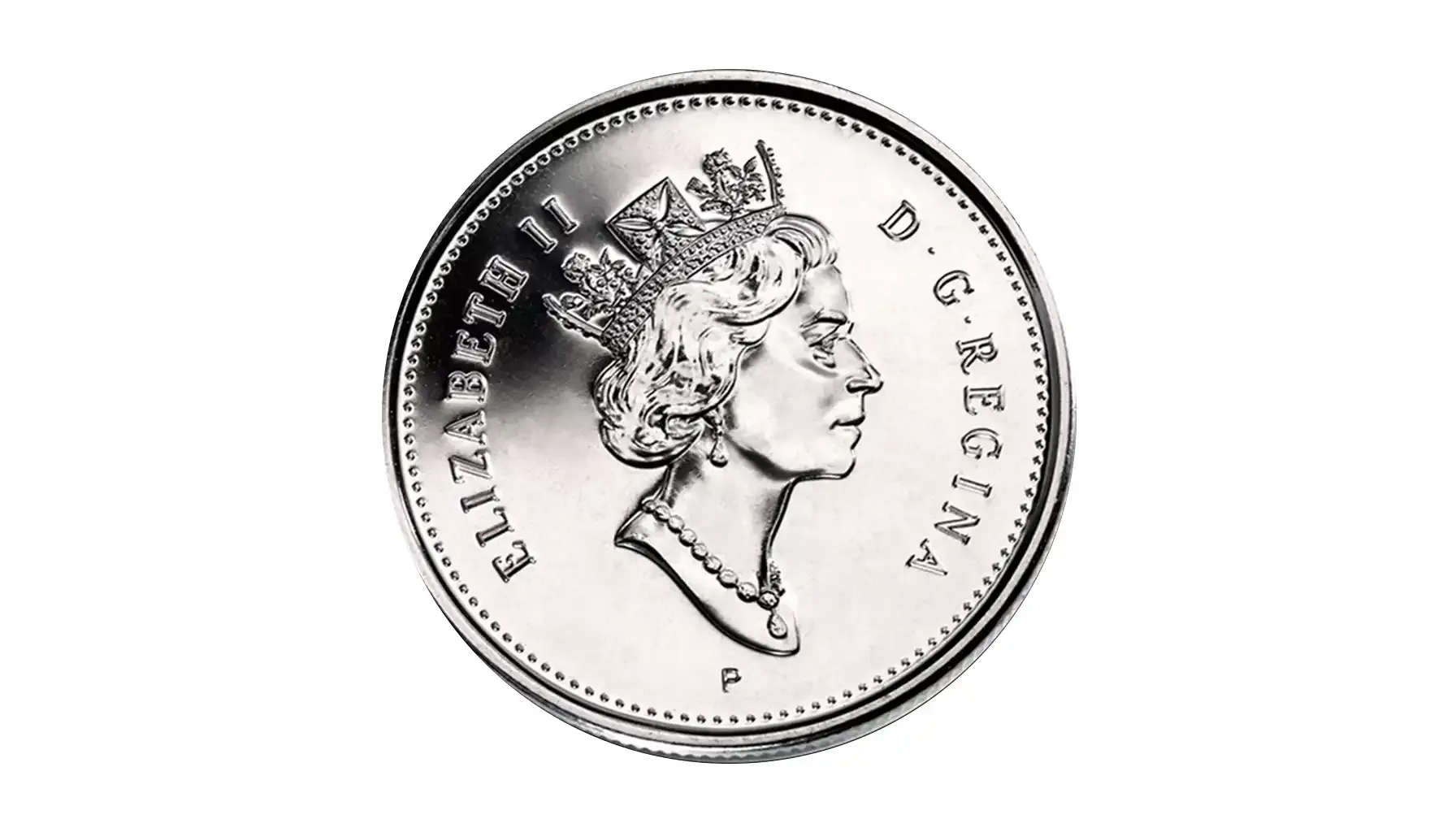
The portrait painted by Dora de Pédery-Hunt became the third depiction of the queen. For the first time, it was a Canadian artist who was commissioned to design the Queen's effigy for the country's currency at that time. The Queen in her middle years was depicted more realistically than ever, with more nuance in her facial characteristics and power in her state.
The Fourth Effigy (2003)
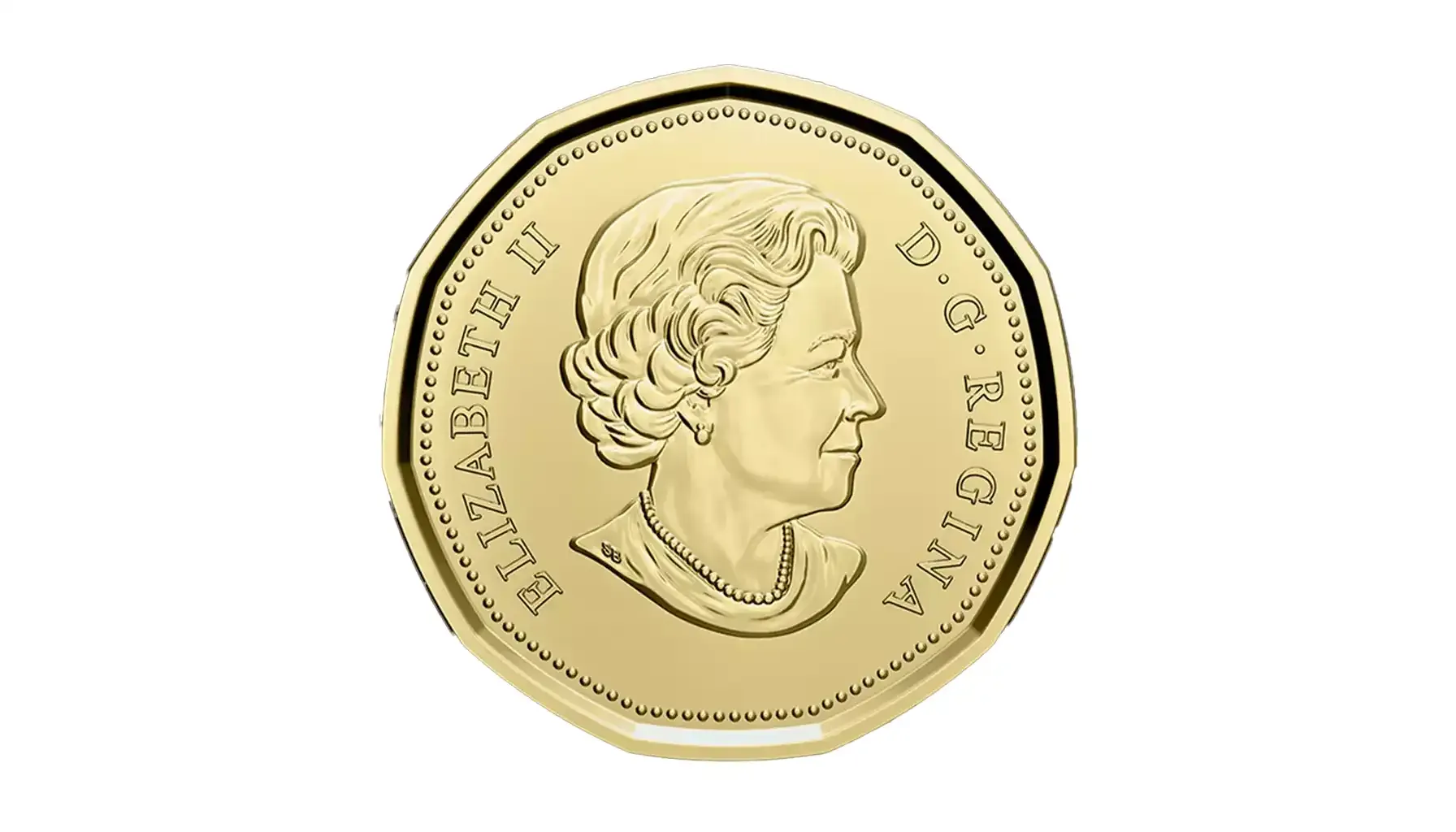
Susanna Blunt was responsible for a more sophisticated image of the Queen for Canadian coins in 2003 (the last effigy of a living monarch). The subtle distinction in this design was that Queen Elizabeth II was not wearing a crown, which was intended to give her a more casual, down-to-earth appearance as a cherished, enduring monarch.
General Description of the Coin’s Appearance
Although each iteration dictated its own features, there is a general and consistent design pattern used for the Queen Elizabeth II Canadian coin. Since she acceded to the throne, Queen Elizabeth II's portrait has been traditionally put on the obverse of Canadian coins. While the design of the portraits varies, they always highlight the Queen's profile and typically contain an inscription “ELIZABETH II D. G. REGINA”, which means "Elizabeth II, by the Grace of God, Queen" in Latin.
The reverse side of these numismatic instances usually includes recognizable national symbols that represent the country's identity and culture. Among the most distinguishable components are:
Maple Leaf: One of Canada's most recognizable national symbols that was featured on the reverse of lower denomination, including the penny (before its discontinuation).
Beaver: Another significant national symbol associated with Canada's fur trade past, regularly featured on the 5-cent coin.
Bluenose Schooner: The well-known Canadian sailing vessel Bluenose, which represents nautical heritage and appears on the 10-cent denomination.
Caribou: An emblem of Canada's wilderness and animals, featured on the 25-cent coin.
Loon: A picture of a common loon on the water on the $1 coin which symbolizes the beautiful scenery of Canada.
Polar Bear: A powerful symbol of Canada's Arctic area featured on the $2 coin.
If you still wish to learn more about the coins, we recommend that you pay attention to Coin ID Scanner, a new yet promising application for comprehensive coin analysis, evaluation, and collection management. All you have to do is scan any coin like the 1913 Barber half dollar with a camera on your smartphone, surf the numismatic encyclopedia, review your collections, and share your experience with the community in Coin ID Scanner with ease!

The Most Prominent Samples to Note
Although there exist dozens of instances, we have compiled the most notable examples that are worthy and alluring. Here are quick descriptions and the Canada Elizabeth II coin values per effigy revealed.
1955 Canada 1 Cent (No Shoulder Fold)
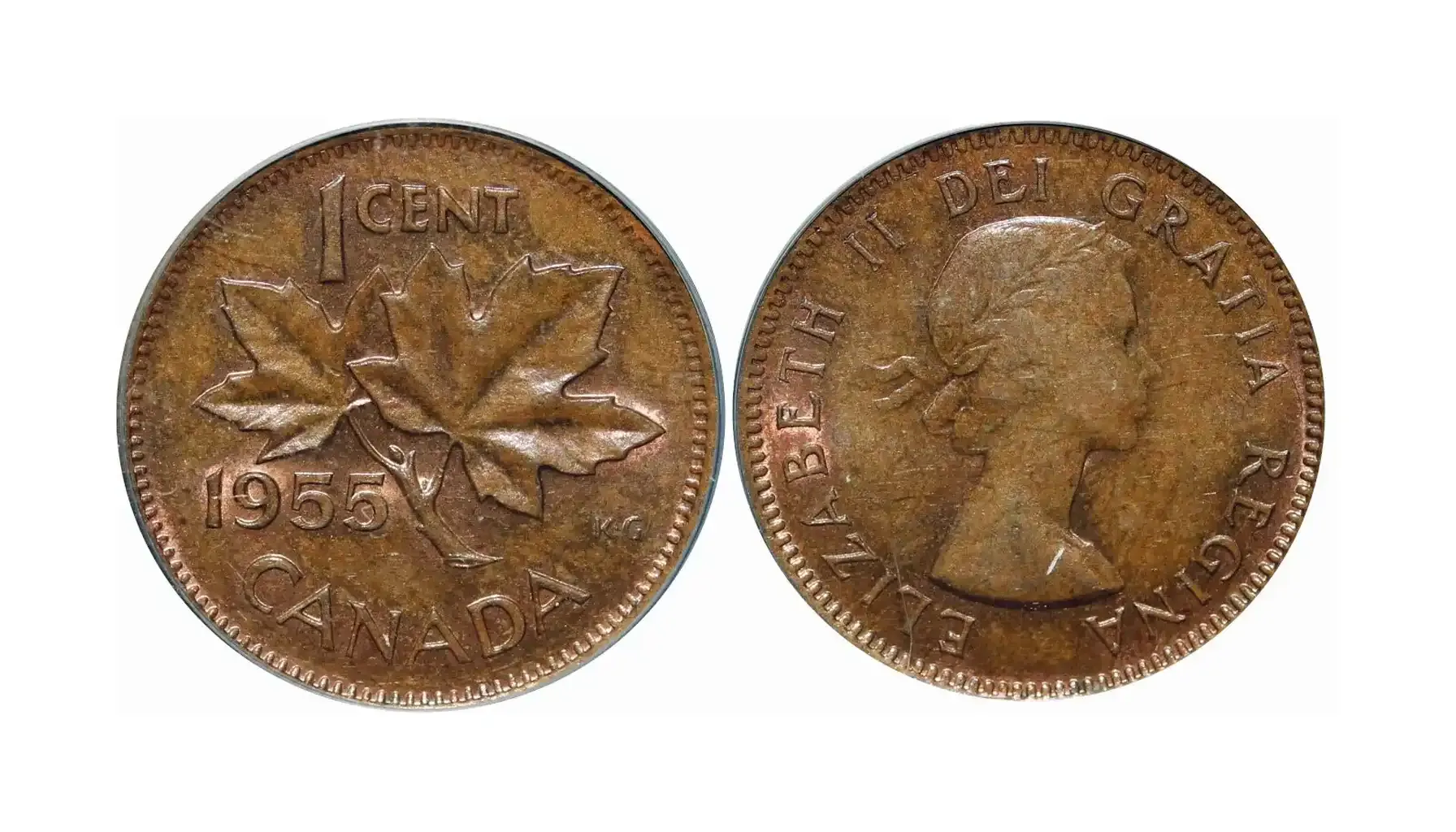
Price Range (MS): $30–$800+
Diameter: 19.05 mm
Weight: 3.24 g
Composition: Bronze (98% copper, 0.5% tin, 1.5% zinc)
A key variety featuring a finer portrait detail without the shoulder fold lines. Highly sought after due to limited mintage and subtle design distinction.
1982 Canada $1 Confederation Constitution Dollar
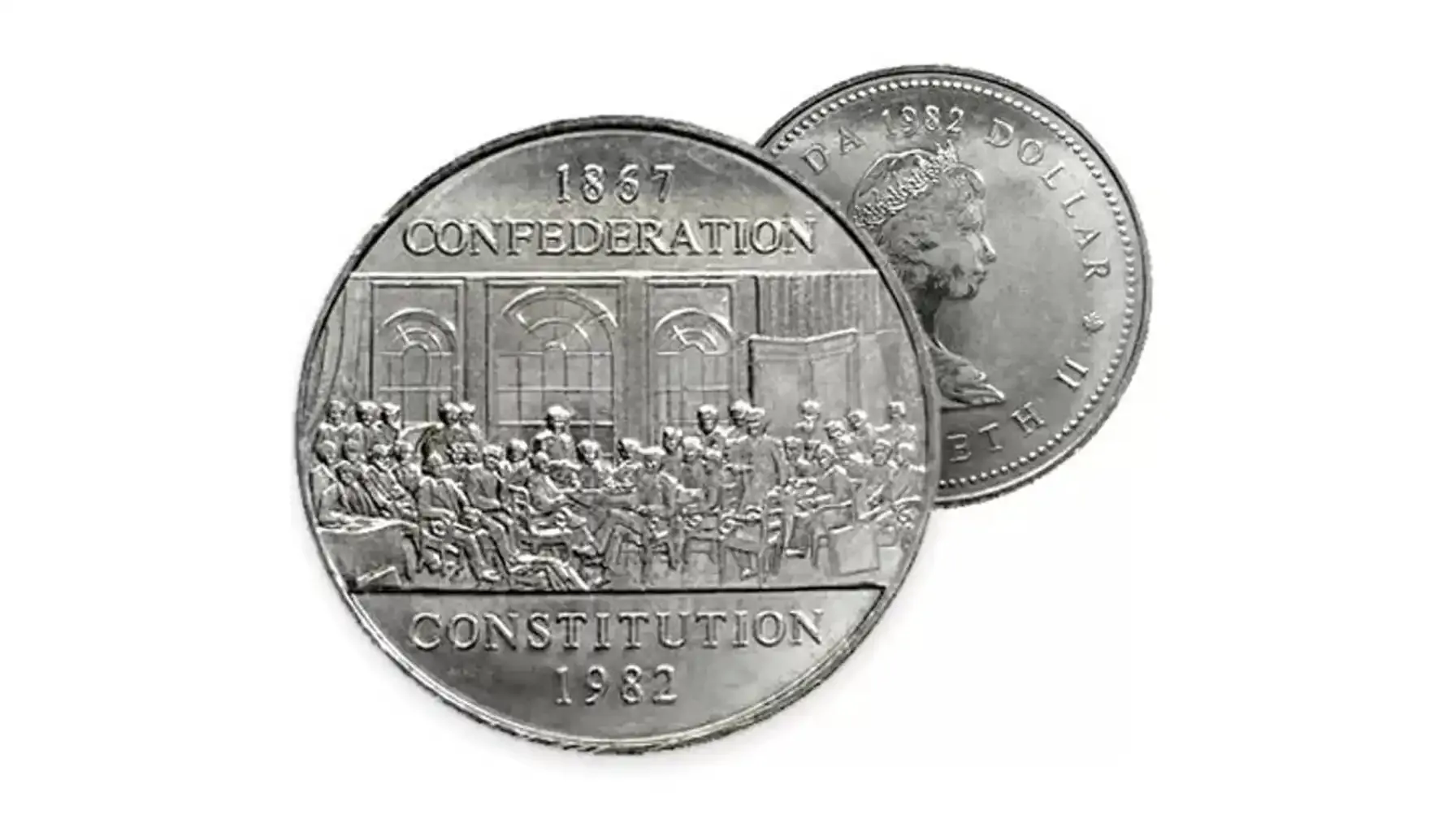
Price Range (MS): $10–$50+
Diameter: 32.15 mm
Weight: 15.62 g
Composition: Nickel
Issued to commemorate the patriation of the Canadian Constitution. Features Canada’s Fathers of Confederation. Popular in proof-like sets.
1993 Canada 25 Cents
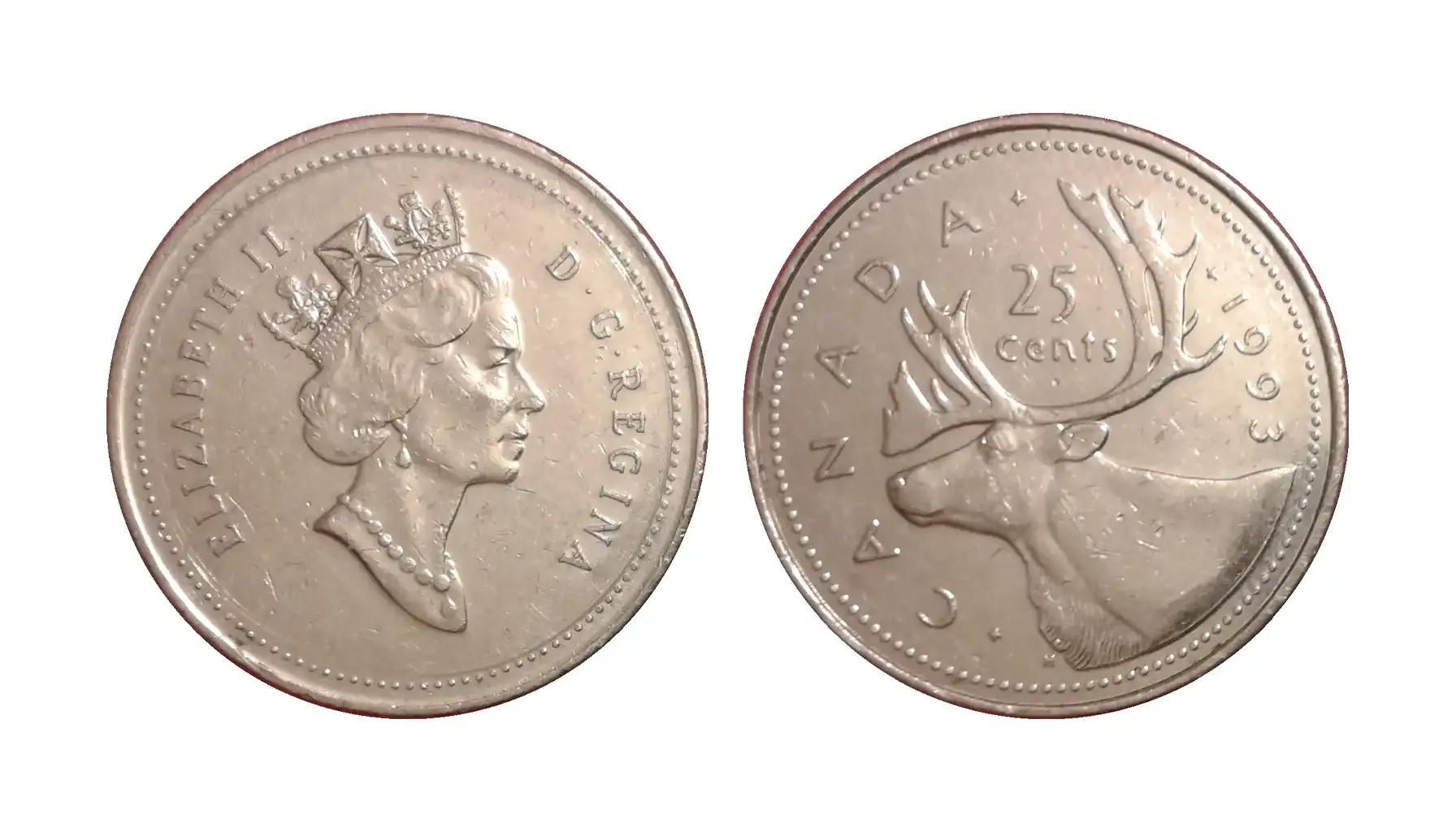
Price Range (MS): $5–$25
Diameter: 23.88 mm
Weight: 5.05 g
Composition: Nickel
A regular-issue quarter but notable due to its low mintage compared to surrounding years. Often collected in high-grade circulation sets.
2005 Canada 5 Cents – 60th Anniversary of VE
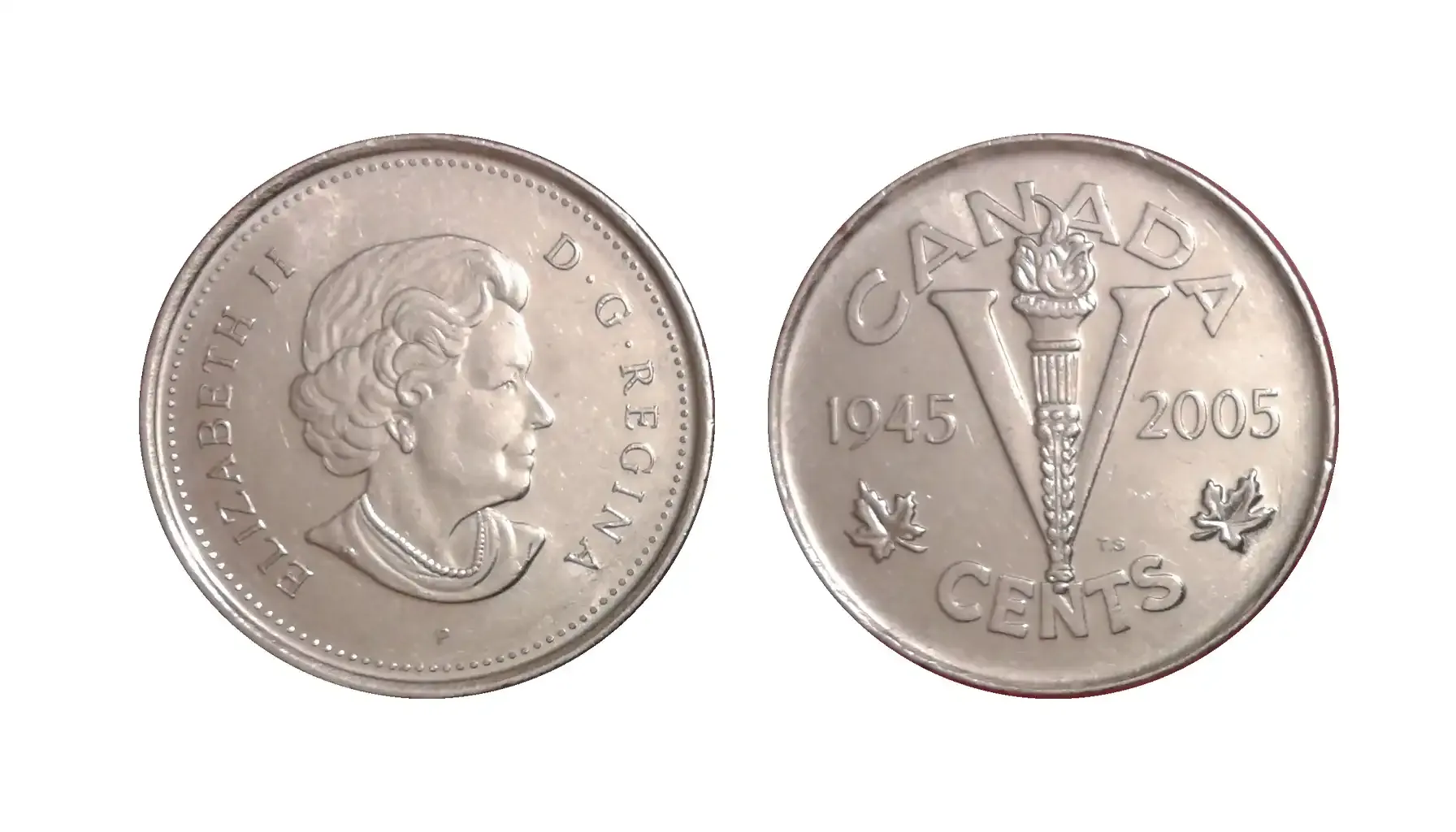
Price Range (MS): $5–$20
Diameter: 21.2 mm
Weight: 3.95 g
Composition: Nickel-plated steel
Commemorates the end of World War II in Europe. Features a stylized "V" for victory. A modern commemorative with historical appeal.
What’s Next? Coins Devoted to King Charles III
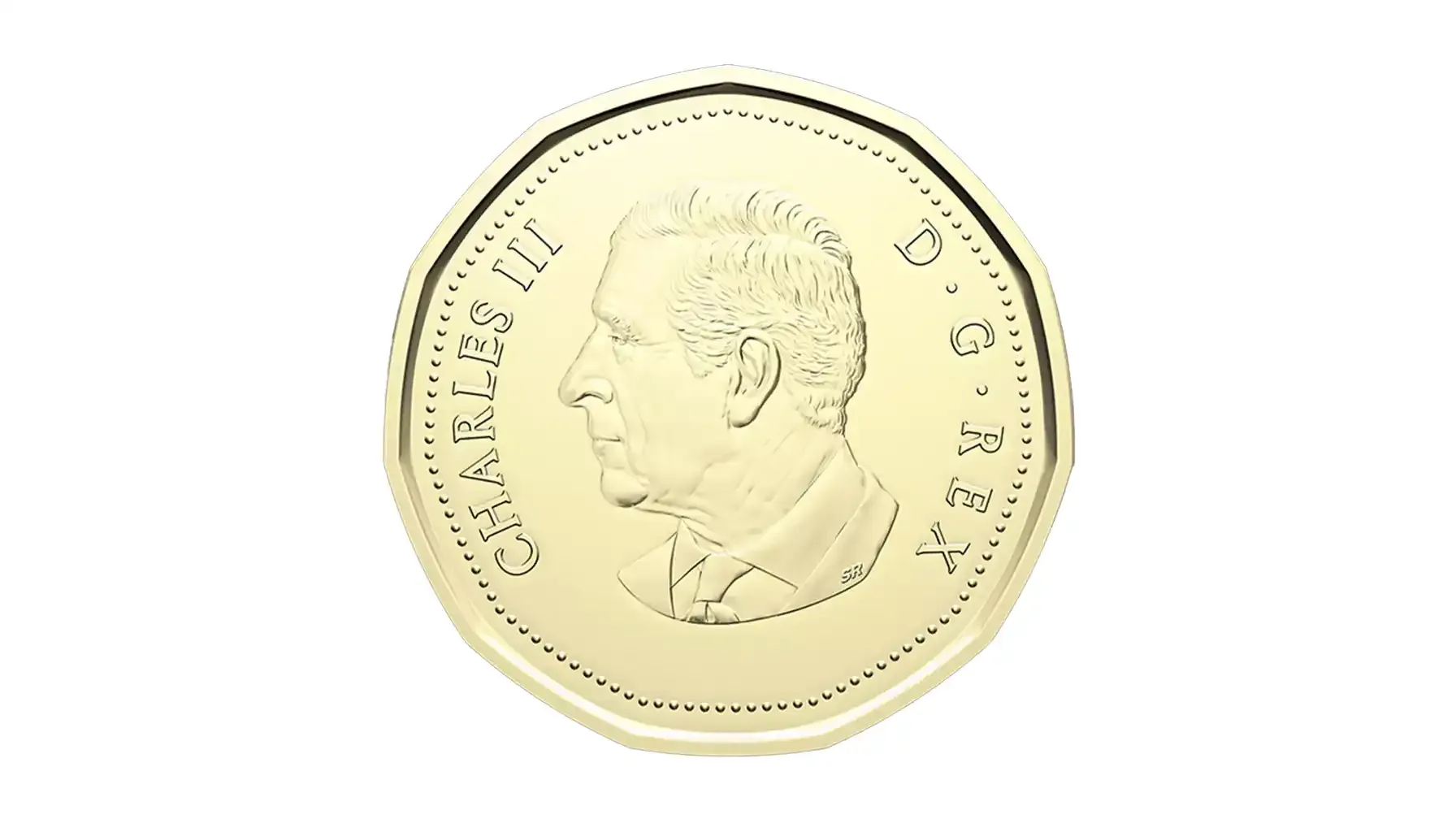
King Charles III took the monarch’s position not long ago, but the celebration of his reign has already started. The next logical step in Canadian numismatics, which is to follow the passing of Queen Elizabeth II, comes down to the emergence of coins with King Charles III.
Educational moment: As a rule, every new monarch faces in the opposite direction of their predecessors, and King Charles III will probably be depicted looking left, in contrast to the Canadian coin Queen Elizabeth II’s right-facing profile.
Queen Elizabeth Canadian coins represent a precious part of any collection. It is always about commemoration, respect, and history, so make sure your collection incorporates such instances for you to preserve imperishable relics and pass them to the next generations when the time comes.

